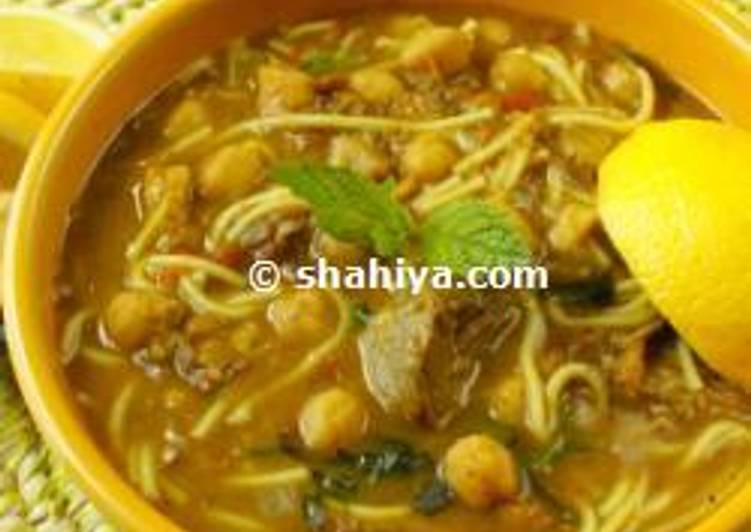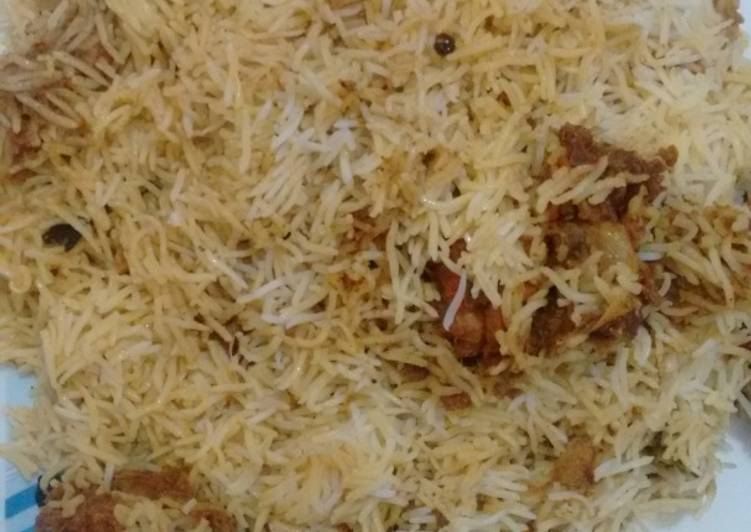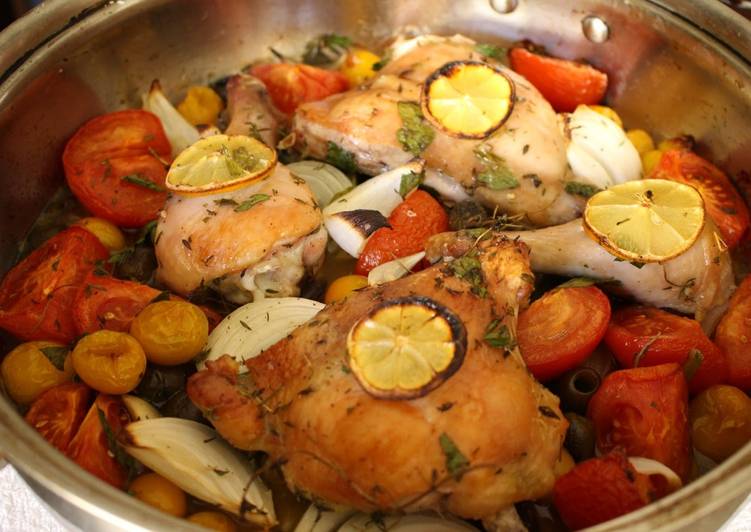
Hello everybody, it’s me again, Dan, welcome to my recipe site. Today, I will show you a way to prepare a distinctive dish, traditional harira soup. One of my favorites food recipes. This time, I will make it a bit tasty. This is gonna smell and look delicious.
Traditional Harira Soup is one of the most well liked of current trending foods in the world. It is simple, it’s fast, it tastes delicious. It is enjoyed by millions daily. Traditional Harira Soup is something which I have loved my whole life. They are fine and they look fantastic.
Do you have an idea about MOROCCAN HARIRA SOUP ? flavors, ingredients ? do you have the chance to taste one of the most popular MOROCCAN HARIRA SOUP ? have. Harira is a famous Moroccan soup that's especially popular in Ramadan. Harira is a classic Moroccan comfort soup made of tomatoes, lentils, chickpeas, fresh herbs, dried spices, and meat. Harira is a traditional Moroccan soup of tomato, lentils and chickpeas.
To get started with this recipe, we have to prepare a few ingredients. You can have traditional harira soup using 18 ingredients and 8 steps. Here is how you cook it.
The ingredients needed to make Traditional Harira Soup:
- Prepare 300 g lamb, cubed
- Prepare 150 g green lentils
- Make ready 150 g chickpeas
- Take 1 onion, chopped finely
- Get 150 g celery, chopped finely
- Prepare 2 tablespoons tomato paste, diluted with a little bit of water
- Take 400 g tomato juice
- Prepare 100 g flour
- Prepare 1 vermicelli, handful
- Prepare 1 bunch of coriander, chopped finely
- Take 1 bunch parsley, chopped finely
- Make ready 3 lemons, cut into wedges
- Take 3 tablespoons oil
- Take 1 tablespoons turmeric
- Take 1 saffron threads
- Get 1/2 teaspoon cumin
- Prepare black pepper to taste
- Prepare salt to taste
Harira is a herb-rich, tomato-based soup with a velvety-smooth, creamy texture, as the word hareer signifies velvetiness in Arabic. It's the most popular soup in Morocco, symbolizing the unification of. Harira is a thick, traditional Moroccan soup that is most typically made with lamb or lamb broth, vegetables, and legumes. However, just like most long-standing traditional dishes, there are tons of. "This is the soup that Moroccans traditionally use to break the fast every night of Ramadan.
Instructions to make Traditional Harira Soup:
- Heat the oil in a deep saucepan and add in the meat, turmeric, saffron, coriander, parsley, onion and celery. Season with salt and stir.
- Add in a cup of water and stir over low heat for 5 to 10 minutes.
- Pour 2 liters of boiled water over the meat mixture and add in the lentils and chickpeas. Simmer covered over low heat for about 50 minutes.
- Then add in the tomato juice, tomato paste and cumin and cook for another 20 minutes.
- Meanwhile, in a bowl mix the flour with half a liter of cold water. Whisk well to prevent the formation of lumps and strain.
- Pour the flour and water mixture over the soup and mix slowly to prevent lumps.
- Finally, add in the vermicelli and stir constantly for about 5 to 10 minutes. By then you should have a thick soup.
- To serve, squeeze the lemon over the harira soup.
Harira is a thick, traditional Moroccan soup that is most typically made with lamb or lamb broth, vegetables, and legumes. However, just like most long-standing traditional dishes, there are tons of. "This is the soup that Moroccans traditionally use to break the fast every night of Ramadan. It's a chickpea and lentil soup that's made with either beef or lamb. There are as many versions of harira as there are cooks, but traditionally it's a very simple and fairly light. Harira is the famous soup of Morocco that is traditionally served during Ramadan at sunset to break the daylight fast.
So that is going to wrap it up with this special food traditional harira soup recipe. Thanks so much for reading. I’m sure you can make this at home. There’s gonna be more interesting food in home recipes coming up. Remember to bookmark this page in your browser, and share it to your family, colleague and friends. Thanks again for reading. Go on get cooking!

